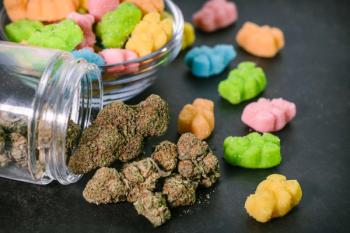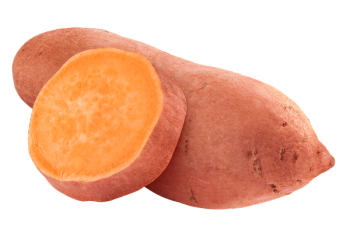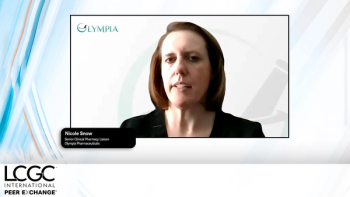
LCGC Europe eNews
- LCGC Europe eNews-07-20-2012
- Volume 0
- Issue 0
Using LC-MS to Study Protein Expression in Crop Development
As the need for improvements in the yield, insect resistance and abiotic stress tolerance of crop plants continues to increase, Gia C. Fazio and colleagues Wayne Skinner, Zina Dahmani, Yingzhi Lu and Jean C. Kridl have collaborated on a paper that describes the use of liquid chromatography–mass spectrometry (LC–MS) to quantify the expression of levels of a transgenic protein, barley alanine aminotransferase, across multiple rice lines.
As the need for improvements in the yield, insect resistance and abiotic stress tolerance of crop plants continues to increase, Gia C. Fazio and colleagues Wayne Skinner, Zina Dahmani, Yingzhi Lu and Jean C. Kridl have collaborated on a paper that describes the use of liquid chromatography–mass spectrometry (LC–MS) to quantify the expression of levels of a transgenic protein, barley alanine aminotransferase, across multiple rice lines. LCGC asked Fazio about her work on the project.
LCGC: How did you become interested in evaluating the use of LC–MS to study protein expression in crop development?
Fazio: As an analytical chemist, I have long appreciated the value of mass spectrometry. Because LC–MS is such a sensitive technique, it allows us to evaluate the relative protein levels in a measurable way. LC–MS is becoming more widely accessible and its application more diverse. Therefore, it was a logical step to use LC–MS for our studies to evaluate protein levels in plants.
LCGC: How does LC-MS differentiate transgenic from native proteins?
Fazio: The transgenic protein was isolated from a monocot plant and then transformed into rice. Naturally, the amino acid sequences have a high homology. While we were able to develop an antibody to the transgenic protein, it also indiscriminately detects the native protein as well. LC–MS allowed us to differentiate the single amino acid differences between the two proteins to ensure we were measuring each separately.
LCGC: Could this technique be used with other transgenic crops?
Fazio: Absolutely! We intend to use LC-MS in other ongoing projects and have seen literature from other plant researchers apply the technology in their own work.
LCGC: What challenges might those who use this technique face?
Fazio: We have found protein isolation to be important for less abundant isolates. We found using the reproducible method of sodium dodecyl sulfate polyacrylamide gel electrophoresis allowed us to focus on a single protein fraction rather than the entire extract. Consequently, it limited the amount of matrix interference and we were able to monitor the peptides of interest with less noise. Identifying the best method that balances time, cost and accuracy is a persistent challenge with mass spectrometry but has improved significantly with abundantly available tools and support.
To read the full article, “A Novel Approach to Measure Crop Plant Protein Expression,” please visit
Articles in this issue
over 13 years ago
LGC and HFL gear up for the Olympicsover 13 years ago
Agilent collaborates to identify causes of outbreaksNewsletter
Join the global community of analytical scientists who trust LCGC for insights on the latest techniques, trends, and expert solutions in chromatography.





